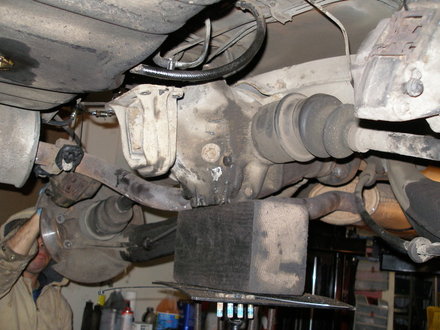From the introduction of the 114 chassis in 1969 up through the last production 126 in 1991 Mercedes rear end design did not change much (with the exception of the 201 and 124 chassis). The advantage to this is that troubleshooting is straight forward and parts are relatively inexpensive due to high volume production. The rear end differential seldom fails. But bearings, seals, axles, rubber mounts, brakes, etc. do! We can help you fix problems these problems yourself.
Problem & Solution
Common among these chassis:
From the introduction of the 114 chassis in 1969 up through the last production 126 in 1991 Mercedes rear end design did not change much (with the exception of the 201 and 124 chassis). The advantage to this is that troubleshooting is straight forward and parts are relatively inexpensive due to high volume production. The rear end differential seldom fails. But bearings, seals, axles, rubber mounts, brakes, etc. do! We can help you fix these problems yourself.
In all my years of working on these rear ends I have been amazed at both the performance and durability of these rugged and well built units. I have never had to replace a rear differential unit itself even on cars with well over 300,000 miles. There are other things that typically go wrong and need to be replaced and a number of these are more related to age than mileage.
Here is a list of the more common complaints.
- Rear Axle Failure
- Rear Subframe Rubber Mount Failure
- Rear Flex Disk Failure
- Leaking Seals
- Rear Sway Bar Link Failure
- Emergency Brake Shoe Failure
- Rear Brake Hose Rotten
- Rear Caliper Seized
- Rear Rotor and Pad Wear
- Outer Hub Bearing Failure
Just use the search box to search for solutions to any of these problems. We carry a number of kits with instructions to help you repair the list of above issues yourself!
